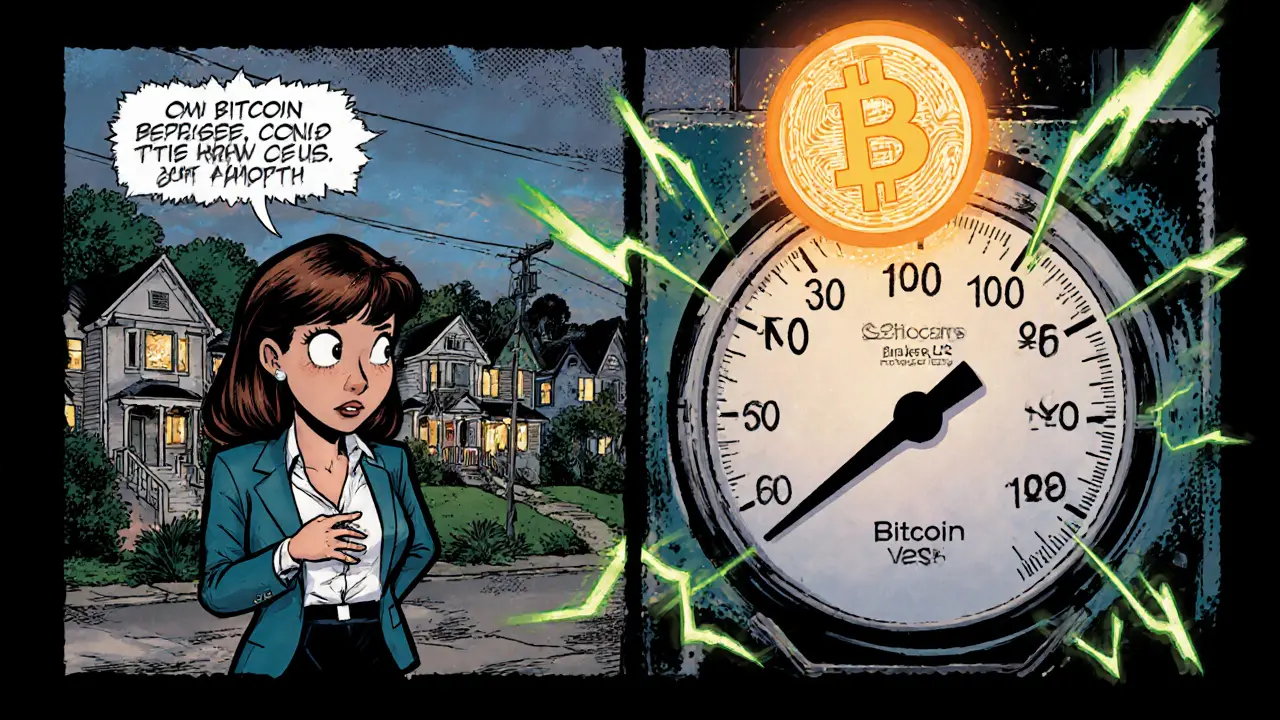Environmental Impact of Proof of Work
When talking about environmental impact of proof of work, the way PoW mining uses electricity and creates carbon emissions. Also known as PoW carbon footprint, it matters because it shapes how we view blockchain sustainability.
Proof of Work (Proof of Work, a consensus mechanism that relies on computational puzzles) needs powerful hardware that runs 24/7. That hardware draws massive amounts of power, which in turn drives up energy consumption, kilowatt‑hours used by mining farms worldwide. The higher the energy demand, the larger the carbon emissions, especially when the electricity comes from fossil fuels. In simple terms, environmental impact of proof of work = energy consumption × carbon intensity.
Why the debate matters now
Governments and investors are watching Bitcoin’s carbon footprint, the total greenhouse gases released due to mining activities closely. A recent study showed that Bitcoin alone accounts for roughly 0.6% of global electricity use – comparable to a small country’s power grid. That figure fuels policy discussions, pushes exchanges to consider greener options, and sparks tech teams to develop more efficient ASICs.
On the flip side, Proof of Stake, a consensus model that selects validators based on token holdings rather than hash power promises to slash energy use by over 99%. The shift from PoW to PoS in networks like Ethereum demonstrates a clear semantic link: Proof of Stake reduces the environmental impact of proof of work. This transition also opens doors for new financial products that market themselves as “green crypto”.
But the story isn’t just about switching consensus types. Mining locations matter too. Facilities in regions with abundant renewable energy – such as hydro‑rich areas of Scandinavia or solar‑rich deserts in the US Southwest – can lower the carbon intensity of PoW. That creates a second semantic triple: Renewable energy sources mitigate the carbon emissions of proof of work. Meanwhile, regulatory pressures in places like China have already forced miners to relocate, reshaping the global energy map for crypto.
For everyday users, the takeaway is practical. If you care about the planet, consider where the tokens you hold were mined. Some block explorers now flag “green” versus “brown” mining pools. You can also support projects that fund renewable‑energy mining initiatives or that transition their consensus to PoS.
The articles below dig into these angles in depth – from detailed breakdowns of Bitcoin’s energy usage to step‑by‑step guides on calculating your own carbon footprint as a crypto investor. Whether you’re a trader, developer, or just curious, you’ll find actionable insights that cut through the hype and give you a clearer picture of the environmental impact of proof of work.




